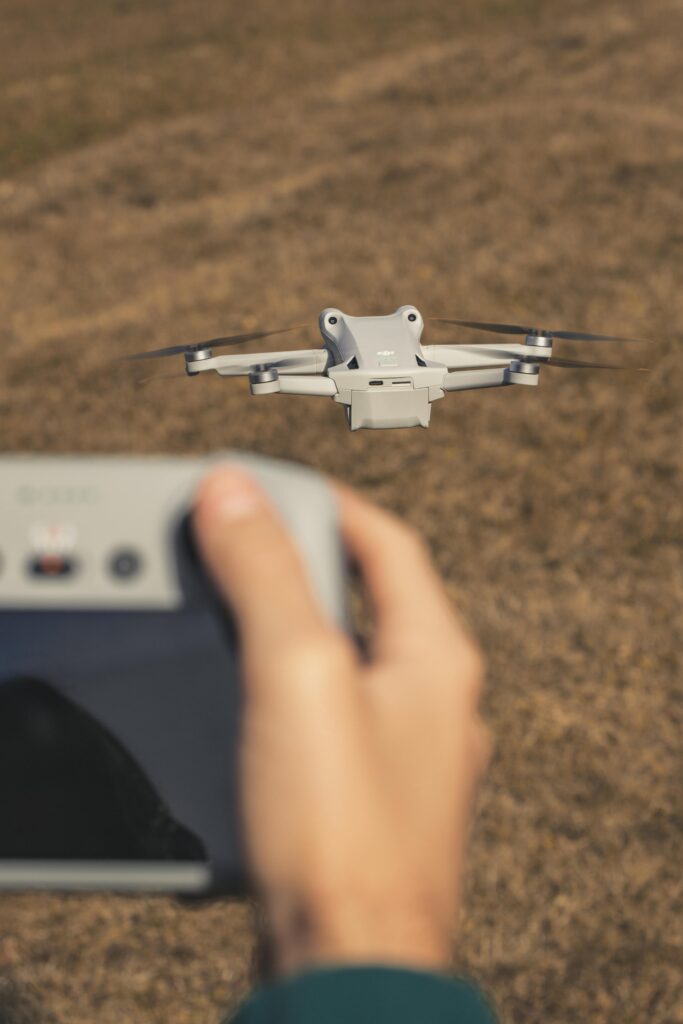
DJI’s Mini series has garnered significant attention in the consumer drone market due to its compact design and advanced features.
The Mini 2 and Mini 3 models are particularly popular among enthusiasts and professionals alike.
This article delves into the distinctions between these two models to help you determine which suits your needs best.
1. Design and Build Quality
Weight and Dimensions:
- DJI Mini 2: Weighs approximately 249 grams, making it lightweight and easy to transport.
- DJI Mini 3: Also maintains a sub-250-gram weight, ensuring portability and compliance with various aviation regulations.
Build Materials:
Both drones are constructed using high-quality plastic composites, offering durability while keeping the weight minimal. The build quality of both models ensures resilience against minor impacts and rough handling during transportation.
2. Camera Capabilities
Sensor Size and Resolution:
- DJI Mini 2: Equipped with a 1/2.3-inch CMOS sensor and an f/2.8 aperture, capturing 12MP still images.
- DJI Mini 3: Features a larger 1/1.3-inch CMOS sensor with an f/1.7 aperture, enhancing low-light performance and delivering higher-quality images.
Video Recording:
- DJI Mini 2: Records 4K video at 30 frames per second (fps), providing clear and detailed footage.
- DJI Mini 3: Supports 4K video recording at 60 fps, offering smoother motion capture.
Photography Features:
- DJI Mini 2: Offers standard shooting modes, including Single Shot, Interval, and Panorama.
- DJI Mini 3: Introduces advanced features such as True Vertical Shooting, allowing users to capture portrait-oriented photos ideal for social media platforms.
3. Flight Performance
Battery Life:
- DJI Mini 2: Provides up to 31 minutes of flight time on a full charge.
- DJI Mini 3: Offers up to 34 minutes with the standard Intelligent Flight Battery and up to 51 minutes with the Intelligent Flight Battery Plus.
Flight Stability and Wind Resistance:
Both models exhibit commendable flight stability. However, the Mini 3’s design enhancements offer improved wind resistance, allowing for steadier flights in breezier conditions.
4. Features and Functionality
Intelligent Flight Modes:
- DJI Mini 2: Includes QuickShot modes like Dronie, Circle, Helix, and Rocket.
- DJI Mini 3: Builds upon these with additional modes such as MasterShots and enhanced QuickShots, providing users with more creative filming options.
Obstacle Avoidance:
- DJI Mini 2: Lacks obstacle avoidance sensors, requiring pilots to navigate carefully.
- DJI Mini 3: Does not feature obstacle avoidance sensors; this capability is available in the Mini 3 Pro model.
5. Controller and Connectivity
Transmission System:
- DJI Mini 2: Utilizes OcuSync 2.0, offering a transmission range of up to 10 kilometers.
- DJI Mini 3: Employs the same OcuSync 2.0 system, ensuring reliable connectivity over similar distances.
Controller Compatibility:
- DJI Mini 2: Compatible with the RC-N1 controller, which requires the use of a smartphone for live view.
- DJI Mini 3: Compatible with both the RC-N1 and the DJI RC controller, the latter featuring a built-in display for a more streamlined flying experience.
6. Price and Value
Cost Comparison:
- DJI Mini 2: Priced around $469 for the standard package.
- DJI Mini 3: Available at approximately $569 reflecting its advanced features and capabilities.
Value Proposition:
While the Mini 2 offers excellent value for beginners and casual users, the Mini 3 justifies its higher price with superior camera performance, extended flight time, and enhanced features.
7. User Feedback and Reviews
Community Insights:
Users appreciate the Mini 2 for its affordability and reliability. However, many commend the Mini 3 for its upgraded camera system and longer battery life, noting that it provides a more professional experience for serious hobbyists and content creators.
Conclusion
The DJI Mini 2 remains a solid choice for those seeking an affordable, user-friendly drone with dependable performance. Conversely, the DJI Mini 3 caters to users desiring advanced features, superior image quality, and extended flight times. Your choice should align with your specific needs, budget, and intended use.


